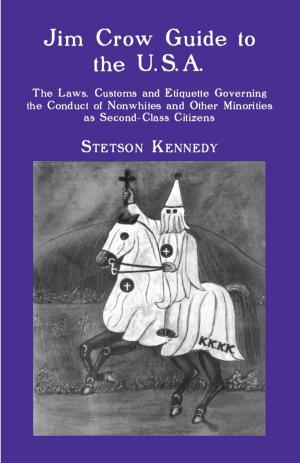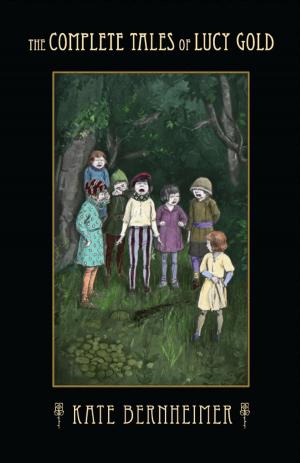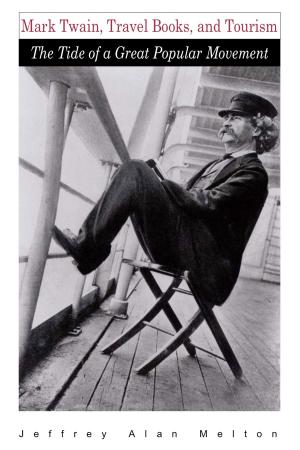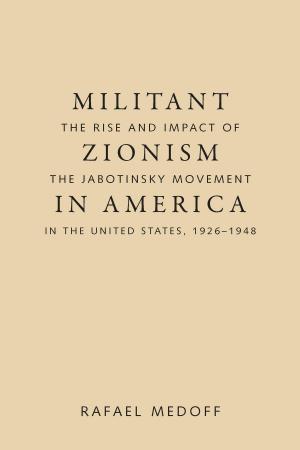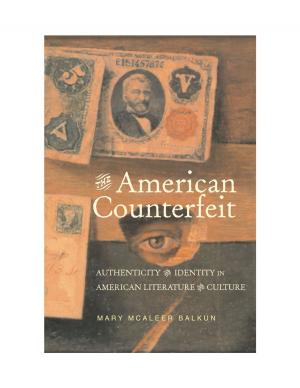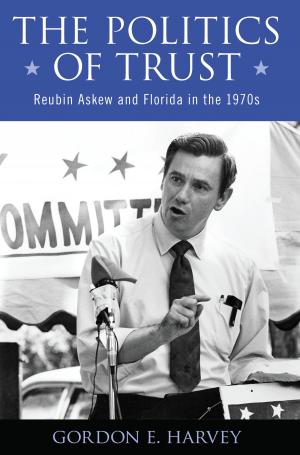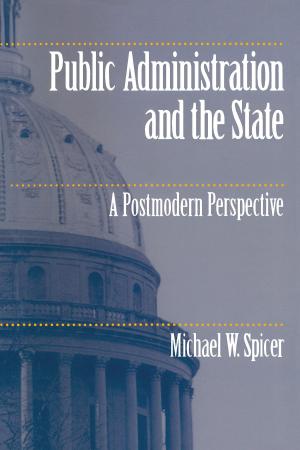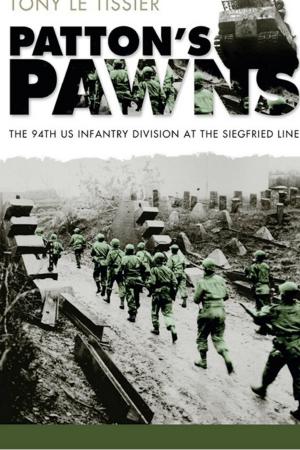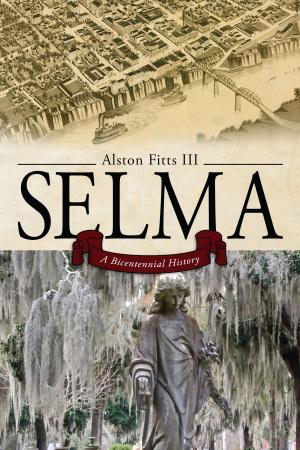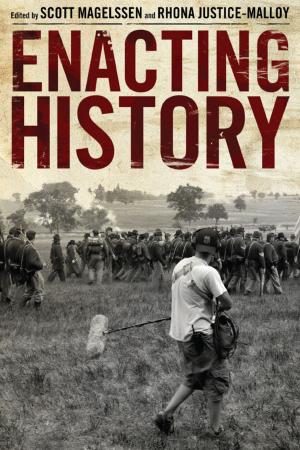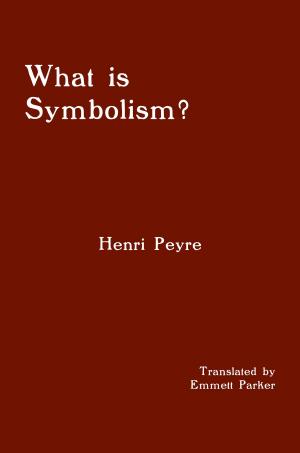And I Said No Lord
A Twenty-One-Year-Old in Mississippi in 1964
Nonfiction, Art & Architecture, Photography, Individual Photographer, History, Americas, United States, 20th Century| Author: | Joel Katz | ISBN: | 9780817387648 |
| Publisher: | University of Alabama Press | Publication: | May 15, 2014 |
| Imprint: | University Alabama Press | Language: | English |
| Author: | Joel Katz |
| ISBN: | 9780817387648 |
| Publisher: | University of Alabama Press |
| Publication: | May 15, 2014 |
| Imprint: | University Alabama Press |
| Language: | English |
In And I Said No Lord, photographer and writer Joel Katz presents a pictorial chronicle of his travels through the shifting islands of fear and loss, freedom and deliverance that was segregated Mississippi during the Freedom Summer of 1964.
In June 1964, college student Joel Katz boarded a Greyhound bus in Hartford, Connecticut, for Jackson, Mississippi. He carried few possessions—a small bag of clothes, a written invitation to call on Frank Barber, who was special assistant to Governor Paul Johnson, and a Honeywell Pentax H1-A camera with three lenses.
A few days after his arrival in Jackson, the city’s Daily News ran on its front page an FBI alert seeking Andrew Goodman, James Chaney, and Michael Schwerner, three field workers from the Congress of Racial Equality (CORE) who’d gone missing while investigating a church burning in Neshoba County.
In the uneasy silence of their disappearance, Katz began a seven-week journey across the state. Along the way, he met the people of Mississippi, black and white, of all ages and classes, from the humble to the grand. These Mississippians encouraged or obstructed change in their traditional culture or simply observed the edifice of that culture tremble and fall.
During 1964’s Freedom Summer, Katz met ministers making history and journalists writing it. He photographed Martin Luther King Jr. and James Abernathy, taught at a freedom school, interviewed a leader of the White Citizens Councils, was harassed by Jackson police, and escaped death in Vicksburg. Six weeks after Katz arrived in Mississippi, the FBI found the bodies of Goodman, Chaney, and Schwerner in an earthen dam.
Inspired by the social documentary photographs of Walker Evans and Robert Frank, Katz snapped hauntingly quotidian photos on his Pentax camera. Amid acts of brutal savagery and transcendent courage that transfixed the nation, Katz discovered resilient individuals living quiet lives worthy of witness. And I Said No Lord is a moving and luminous record of Americans in evolution.
In And I Said No Lord, photographer and writer Joel Katz presents a pictorial chronicle of his travels through the shifting islands of fear and loss, freedom and deliverance that was segregated Mississippi during the Freedom Summer of 1964.
In June 1964, college student Joel Katz boarded a Greyhound bus in Hartford, Connecticut, for Jackson, Mississippi. He carried few possessions—a small bag of clothes, a written invitation to call on Frank Barber, who was special assistant to Governor Paul Johnson, and a Honeywell Pentax H1-A camera with three lenses.
A few days after his arrival in Jackson, the city’s Daily News ran on its front page an FBI alert seeking Andrew Goodman, James Chaney, and Michael Schwerner, three field workers from the Congress of Racial Equality (CORE) who’d gone missing while investigating a church burning in Neshoba County.
In the uneasy silence of their disappearance, Katz began a seven-week journey across the state. Along the way, he met the people of Mississippi, black and white, of all ages and classes, from the humble to the grand. These Mississippians encouraged or obstructed change in their traditional culture or simply observed the edifice of that culture tremble and fall.
During 1964’s Freedom Summer, Katz met ministers making history and journalists writing it. He photographed Martin Luther King Jr. and James Abernathy, taught at a freedom school, interviewed a leader of the White Citizens Councils, was harassed by Jackson police, and escaped death in Vicksburg. Six weeks after Katz arrived in Mississippi, the FBI found the bodies of Goodman, Chaney, and Schwerner in an earthen dam.
Inspired by the social documentary photographs of Walker Evans and Robert Frank, Katz snapped hauntingly quotidian photos on his Pentax camera. Amid acts of brutal savagery and transcendent courage that transfixed the nation, Katz discovered resilient individuals living quiet lives worthy of witness. And I Said No Lord is a moving and luminous record of Americans in evolution.

